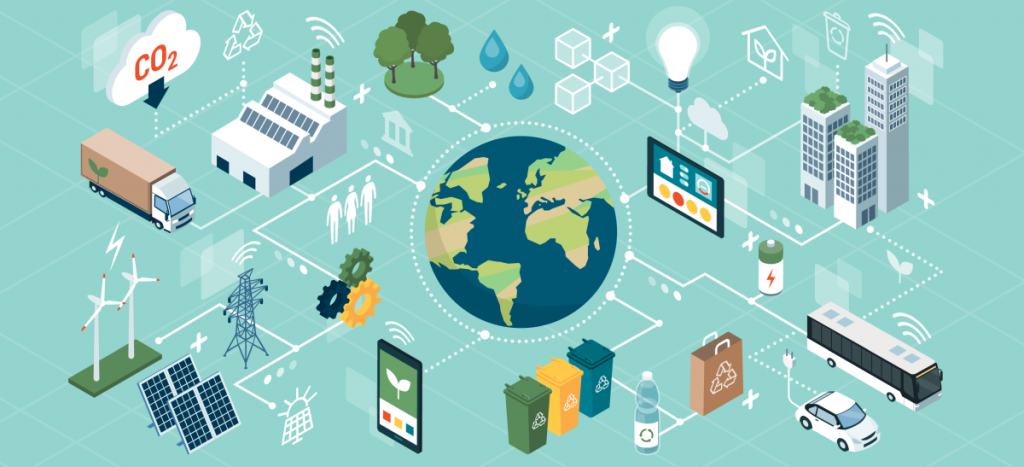
The impact of digitisation on the environment
The growing attention to climate change leads to more awareness of the impact of technology on the environment. In that context digitisation is one of the leverages for a lower CO2 emission. The fact is that digitisation leads to the creation of new applications that make it possible to work more efficiently, to save energy and thus to contribute to a greener society. This is called the enabling effect of digitisation.
Evidently, the digital sector itself also has a direct impact on the environment. That is why it is important to look at the emission caused by the sector itself and to choose the most energy-efficient technology.
The environmental impact of fibre
Fibre also contributes to further digitisation owing to its high bandwidth, lower latency and high reliability. As such, thanks to fibre bigger volumes of data can be sent more quickly, which is necessary in case of distant care, self-driving cars and other data-dependent innovations, for instance, which lead to a greener society.
The fibre network in itself also consumes energy. Various studies (such as this BREKO study) show however that an FTTH network consumes considerably less energy than the traditional networks such as cable and copper. The causes are:
- The light signal in the fibre is less attenuated, so that it can be sent over longer distances. By contrast, the electrical pulses in copper or cable networks need to be boosted. This means that more active equipment is needed in that situation, resulting in a higher energy consumption. In case of a 1 Watt light signal data can be sent over more than 300 m, whereas a cable network requires 3.5 Watt to cross 100 m.
- Fibre networks work at higher speeds than copper networks, so that by using the same amount of energy more information can be sent.
- The production of fibre only needs 0.01% of the CO2 emission that is required for the same length of copper wire. Indeed, hardly any materials need to be developed because fibre mainly consists of SiO2 (silica), which is present worldwide and for which no environmentally harmful exploitation is needed (contrary to copper).
- Fibre needs less maintenance.
- Fibre has a very long lifetime and is future-oriented: higher speeds are possible by replacing the equipment, whereby fibre itself can last a long time.
Considering its full lifetime FTTH is the most energy-efficient technology. From an environmental perspective it is therefore advisable to switch to a fibre network and to eliminate the old copper network. This WIK study indicates that a complete migration to fibre may cut energy consumption by 80-90%, depending on the architecture chosen.